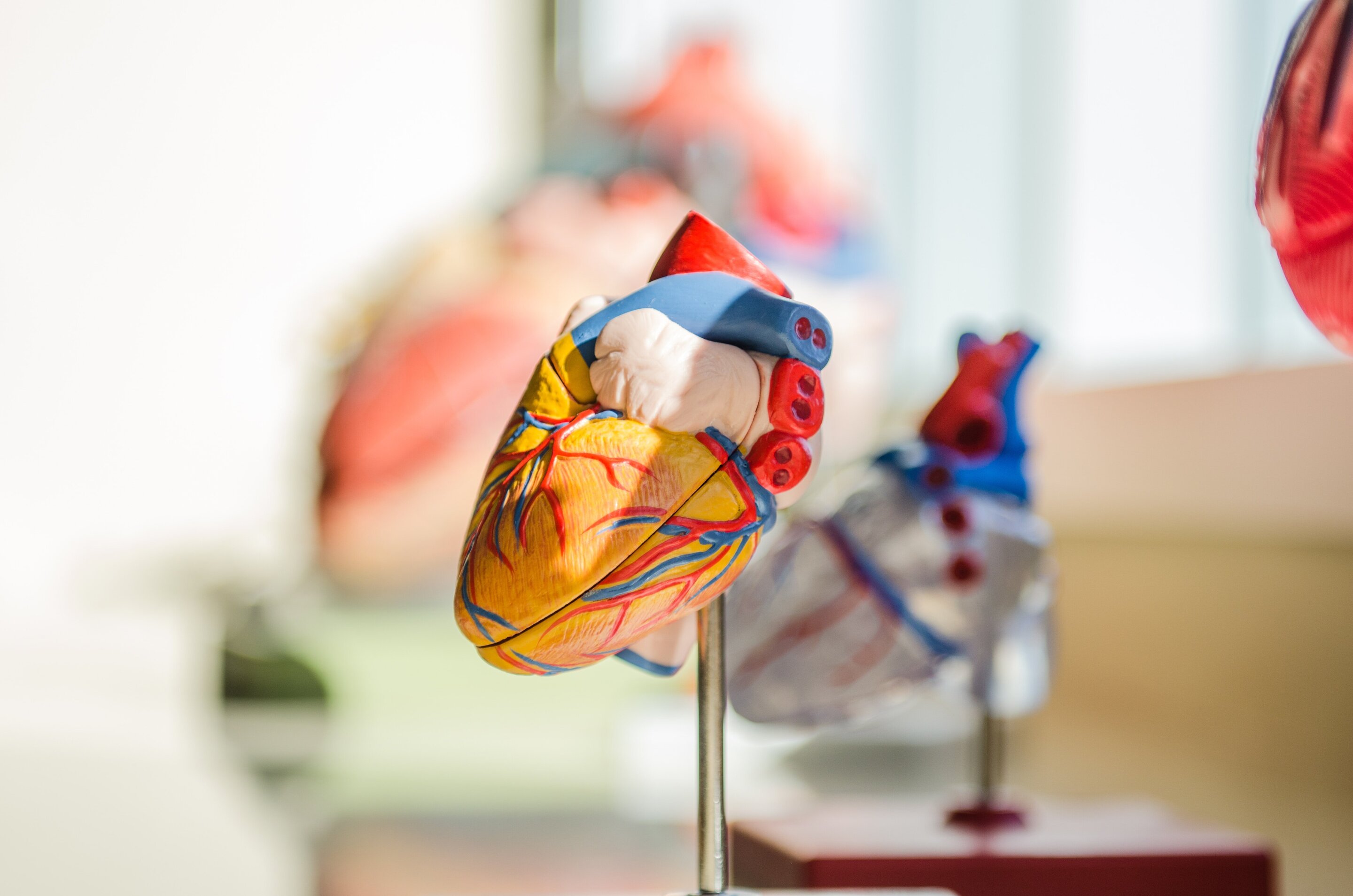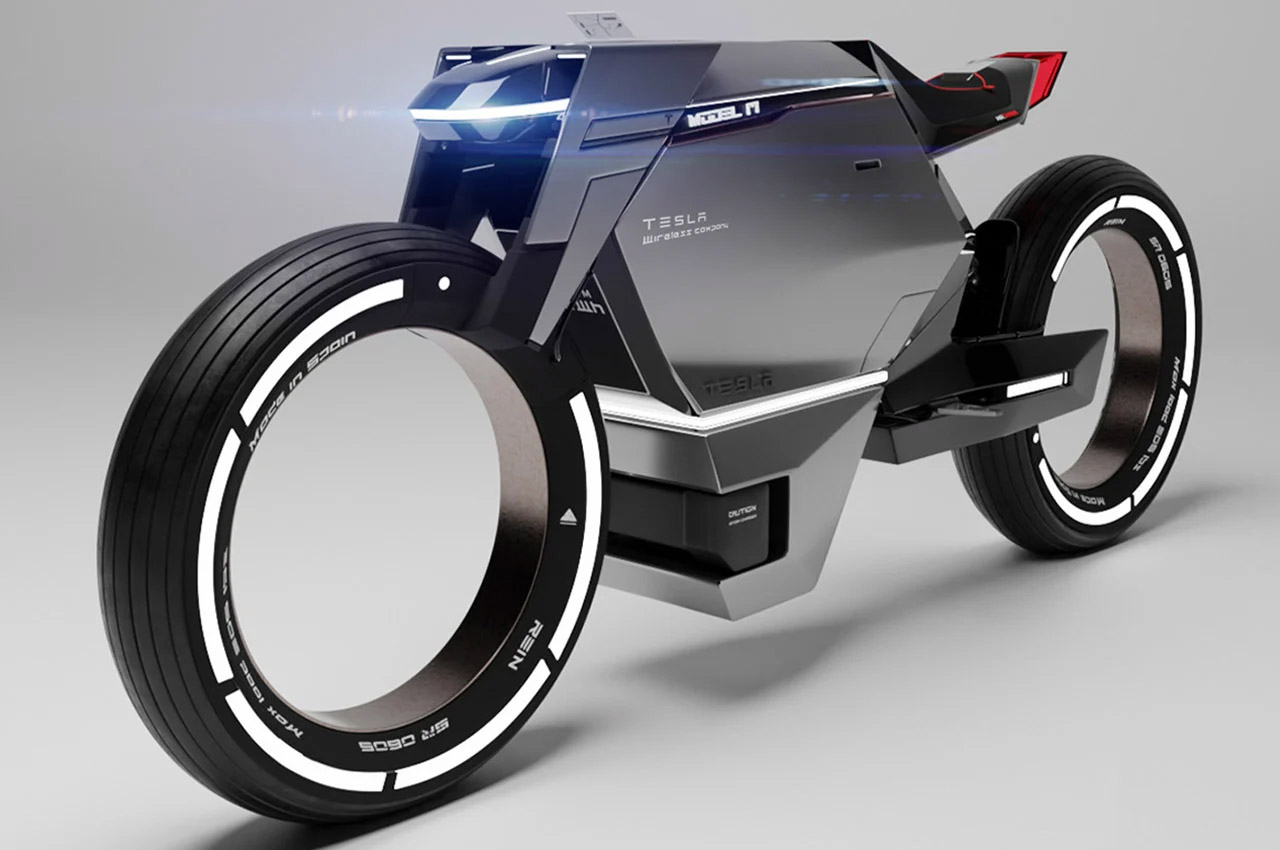#New artificial heart shows promising results in ‘auto-mode’—initial clinical experience reported

“#New artificial heart shows promising results in ‘auto-mode’—initial clinical experience reported”

An experimental artificial heart includes an autoregulation control mechanism, or Auto-Mode, that can adjust to the changing needs of patients treated for end-stage heart failure. Outcomes in the first series of patients managed with the new heart replacement pump in Auto-Mode are presented in the ASAIO Journal, official journal of the American Society for Artificial Internal Organs.
The study reports on the response to “pressure sensor-based autoregulation of blood flow” in ten patients for up to two years after implantation of the Carmat Total Artificial Heart (C TAH). “The C TAH Auto-Mode with built-in pressure sensors effectively produces appropriate physiological responses reflective of changing patients’ daily needs and thus provides almost physiological heart replacement therapy,” according to the new research. The lead author is Ivan Netuka, MD, of the Institute for Clinical and Experimental Medicine, Prague.
Auto-Mode may increase independence and quality of life in severe heart failure
Heart replacement pumps can restore cardiac output in patients with end-stage, biventricular heart failure (affecting both sides of the heart) whose only other option is heart transplantation. However, to enable patients to go home from the hospital and return to their usual activities, the pump should emulate normal heart function, with minimal need for adjustment.
To meet that goal, the C TAH incorporates an Auto-Mode that automatically adapts the pumping action of the right and left ventricles in response to pressure sensors located inside the device, based on parameters set by the physician. The goal is to mimic normal physiological responses to changing needs—particularly physical activity.
Dr. Netuka and colleagues analyzed the Auto-Mode’s performance in the first 10 patients undergoing C TAH implantation in early European clinical experience. The patients were all men, average age 60 years. The C TAH was used as a bridge to heart transplantation in six patients and as a permanently implanted device in four.
In all patients, the artificial heart was successfully switched from manual control to Auto-Mode in the operating room. Auto-Mode led to “an immediate appropriate cardiac output response” to the targeted settings. Hemodynamic data recorded by the C TAH showed expected variations in pumping output of the left and right ventricles, in response to changes in pressures and heart rate. Heart rate averaged 78 to 128 beats per minute; blood pressure was normal as well.
Over almost five years of aggregate follow-up, medical teams made changes in the Auto-Mode settings just 20 times. Most adjustments were performed during the first 30 days after device placement. Only four were done after the patient went home from the hospital: a rate of about 1 change per 11 months.
“The reduced need for device management changes may contribute to greater autonomy for patients outside of the hospital environment and improvement in their quality of life,” Dr. Netuka and coauthors write. They acknowledge that their study is an initial experience in a relatively small number of patients.
“Nevertheless,” they add, “it represents a significant leap towards the next stage more physiological heart replacement therapy. The overall experience of more than four years of device performance represents a positive and promising outcome for the patients while requiring only minimal intervention from the clinicians.” The researchers plan further refinements based on the preliminary results; future studies will provide data on response to exercise and hospital readmission rates. A US clinical trial of the C TAH is scheduled to begin soon.
New heart metric may improve survival for heart-failure patients, study finds
Ivan Netuka et al, First Clinical Experience With the Pressure Sensor–Based Autoregulation of Blood Flow in an Artificial Heart, ASAIO Journal (2021). DOI: 10.1097/MAT.0000000000001485
Citation:
New artificial heart shows promising results in ‘auto-mode’—initial clinical experience reported (2021, June 18)
retrieved 18 June 2021
from https://medicalxpress.com/news/2021-06-artificial-heart-results-auto-modeinitial-clinical.html
This document is subject to copyright. Apart from any fair dealing for the purpose of private study or research, no
part may be reproduced without the written permission. The content is provided for information purposes only.
If you liked the article, do not forget to share it with your friends. Follow us on Google News too, click on the star and choose us from your favorites.
For forums sites go to Forum.BuradaBiliyorum.Com
If you want to read more Like this articles, you can visit our Science category.




